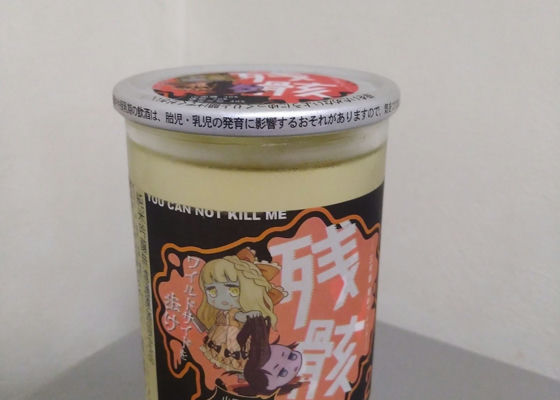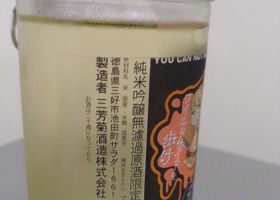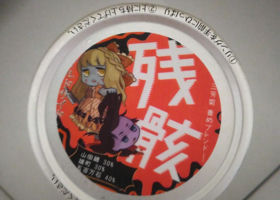


NoLo
The aroma is sweet and refreshing, like a pineapple, with a touch of white wine, which is typical of Sanpho-Chrysanthemum.
On the palate, the sweetness and the deliciousness of the rice are mixed together, which is also typical of Sanpho-Chrysanthemum. It has a slight nutty taste but the base is in the direction of white wine. When it is filled with air, it becomes more like a wine. However, the flavor of the rice is present in all conditions.
What was interesting was the unique taste of Omachi (can you tell?) The first time I drank it, I could feel it firmly about three seconds later. The mouthfeel is Yamadanishiki, but it tastes like Omachi, which is very strange.
It's a bit on the alcoholic side, but not as much as you'd expect. It was less alcoholic than normal.
After swallowing, there is almost no residue on the tongue. If I were to say anything else, I would say that the flavor of the Yamadanishiki and Omachi is strong. But there is almost nothing of that either.
So, here's the usual editorial postscript to that one.
I've never been much of a "blended sake" drinker, so this flavor was really interesting to me. It's a very good example of how the Yamadanishiki and Omachi come together. The fact that Yamadanishiki and Omachi come at the same time, and Omachi comes later, is not surprising. It was unexpected. The taste of Omachi and Yamadanishiki's strong rice flavor does not linger because the taste of Gohyakumangoku is so good. It must be counteracting. This is delicious.
Japanese>English